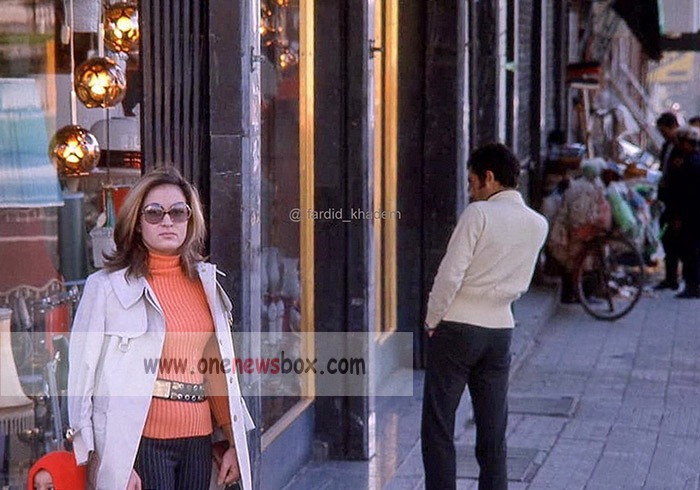For the traditional middle class, this was evidence of cultural alienation. Clerics often denounced television, Western films, and secular literature as tools of cultural imperialism. Thus, media became not only a cultural but also a political issue, symbolizing the broader cultural crisis.
Opposition Movements and Cultural Resistance
In the mid-20th century, opposition to modernization policies took diverse forms:
-
Religious Groups: Clerics and religious activists used mosques and bazaars as networks to propagate Islamic identity and resist Westernization. Imam Khomeini and other religious leaders condemned the Shah’s policies as anti-Islamic.
-
Nationalists: Figures connected to the National Front resisted foreign domination and criticized excessive Western influence.
-
Socialists (Tudeh Party): Advocated for class struggle, anti-imperialism, and cultural independence from the West.
-
Democrats and Intellectuals: Called for freedom of expression and cultural autonomy.
What unified these groups was not agreement on ideology, but rather opposition to the dominance of Western cultural models and state authoritarianism.

